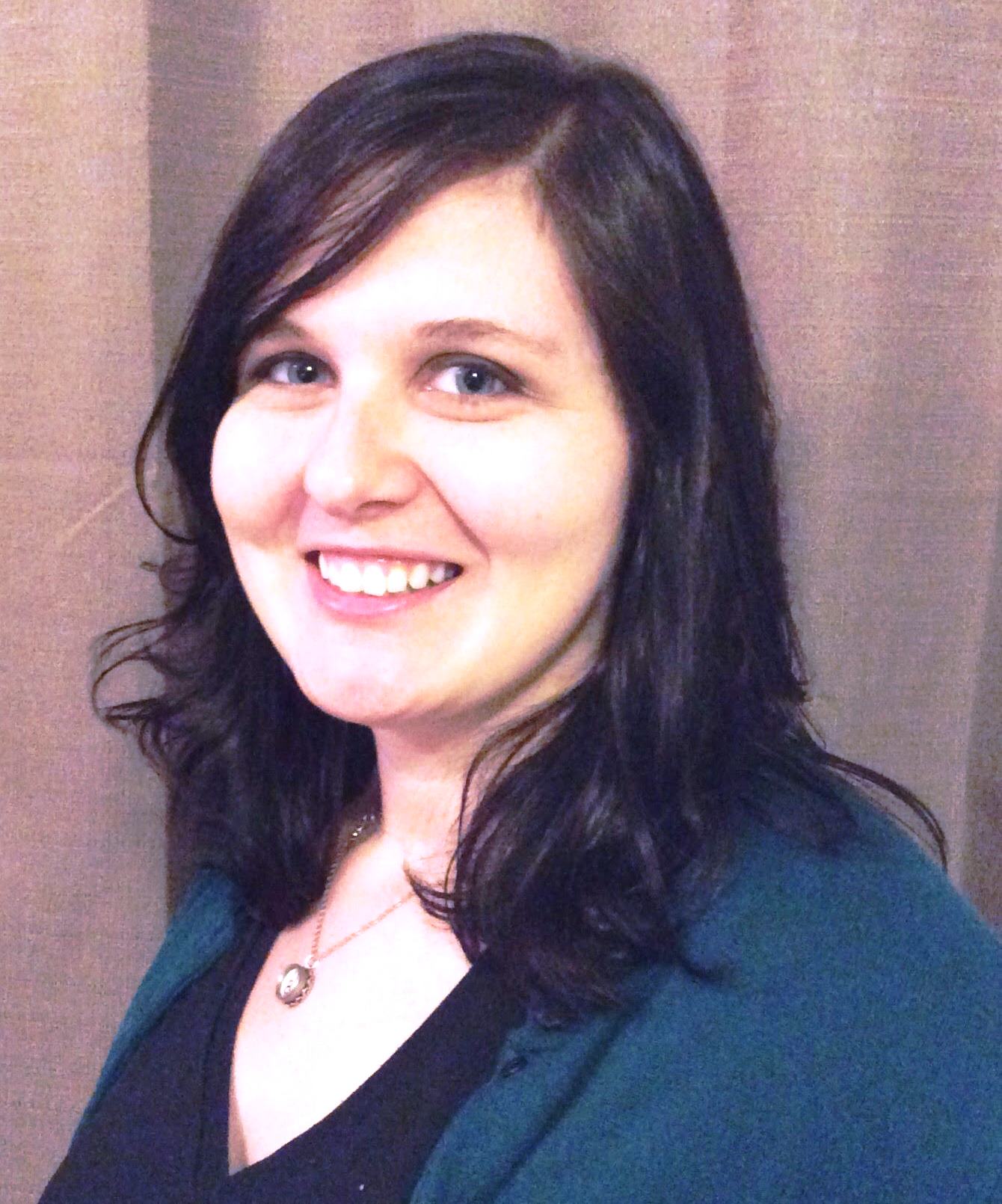This is part of a series of Session Notes from grantees who have received Professional Development grants from the Office of Commonwealth Libraries. Each grantee will share their professional development experience and include tips and other resources from the workshop or class. Grantees had their choice of an article for the Compendium, a webinar or a podcast. This project was made possible by the Institute of Museum and Library Services.
By Dana Farabaugh,
District Consultant for Westmoreland County
Library websites are no longer static—they act as a 24/7 digital branch, engage users through blogs and other content, and a well-designed website helps to dispel the misconception that libraries are outdated. A good website can accomplish a lot of things, but before you say goodbye to your old site, you need to know how to tackle a redesign project.
Thanks to a professional development grant from the Office of Commonwealth Libraries, I attended a three-day live online training to learn how to build and manage a WordPress website provided by Webucator.
Why WordPress?
WordPress has an extremely low learning curve. You do not need to know HTML, CSS or any other coding language to build an attractive, useful website (although knowing how to code definitely helps). WordPress is one of the most popular content management systems, so you have access to a very large community of designers and web developers.
Determine Your Audience
The first step of redesigning your library website is to determine your audience. Chances are your original website was designed to provide information to folks in your community, but this is a chance to expand your reach and goals. Your audience will drive your content and design, so it is important to consider why your audience will visit your website.
Set Goals
Once you determine your audience, figure out what actions you want your audience to take. Do you want them to sign up for programs? Register for a library card? Advocate for your library? Goals help you organize your website and strategically create content.
Create Content
Good website content attracts the desired audience and leads them to meet the goals you identified. Website content isn’t limited to text-only. Consider how to best communicate your message and engage your audience—it could be through photo galleries, event calendars, podcasts, and videos. New content should be added regularly to engage your audience and ensure they are getting to most up to date information.
Pick a Theme
Once you have mapped out your audience, goals, and content, you need to pick a theme. WordPress provides three options for themes: free, paid, and custom. Paid themes generally offer a more attractive layout and more flexibility. Your goals and content will help you determine which theme to choose. For example, if the main goal of your site is to encourage your audience to sign up for library programs, you wouldn’t choose a photo-heavy theme.
Consider All Devices
Gone are the days of everyone using a computer to access your website. When choosing a theme, make sure it is responsive, meaning it will rearrange itself as the screen is resized. Most people view websites on their phones and tablets, so your website needs to look and function on a small screen as on your computer screen.
Plugins Add Functionality
Plugins are pre-coded programs that add additional functionality to your WordPress site. Plugins allow you to add a calendar or map to your site, add additional security settings, build forms, create a store, and more. Plugins are created by independent developers, so some are better than others. When considering which plugin to add, pay attention to the number of downloads and the star rating. The higher the number of downloads and ratings, the more likely the plugin will be safe and reliable.


